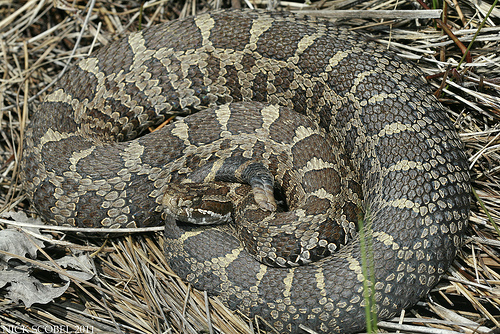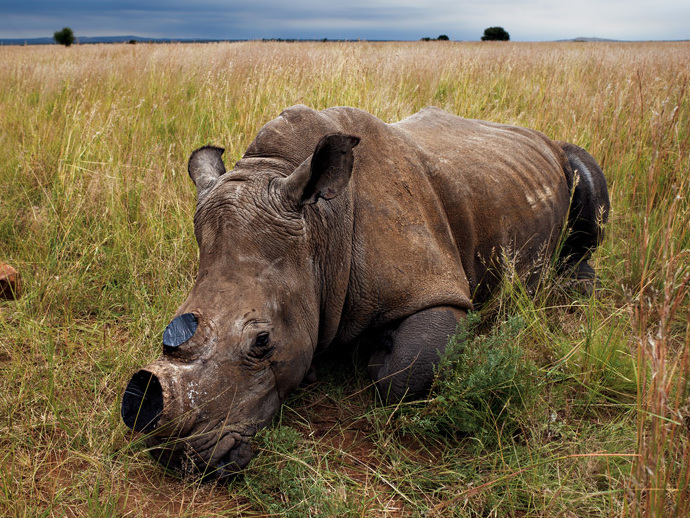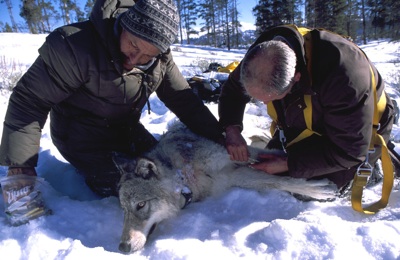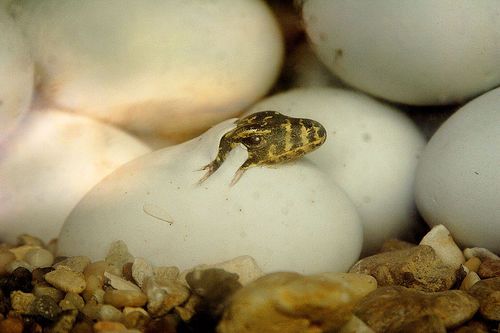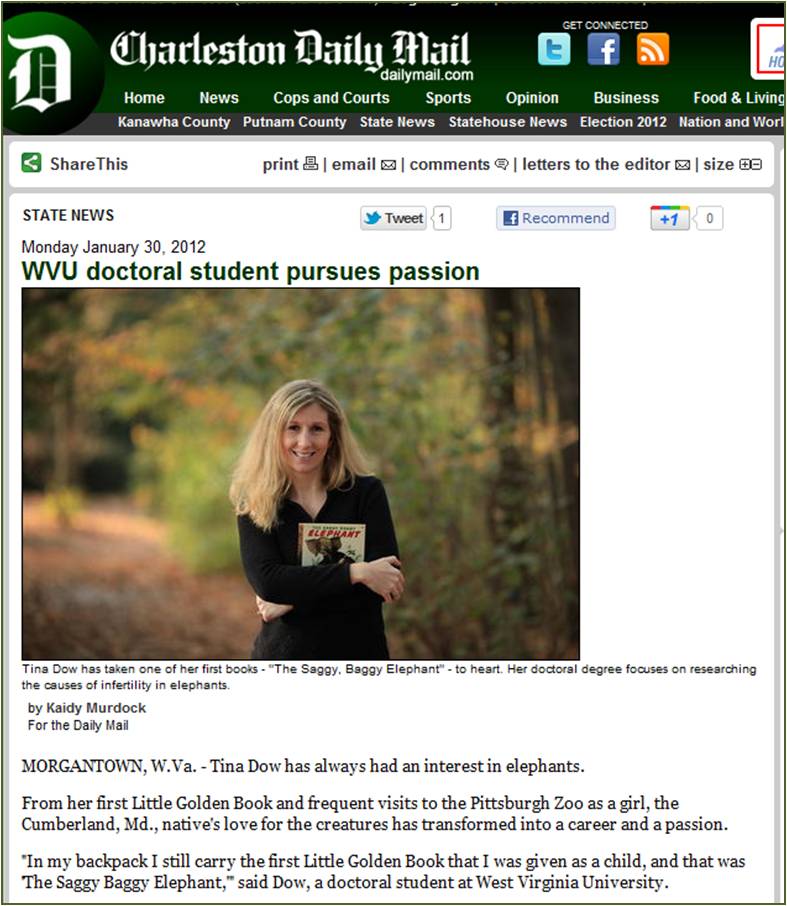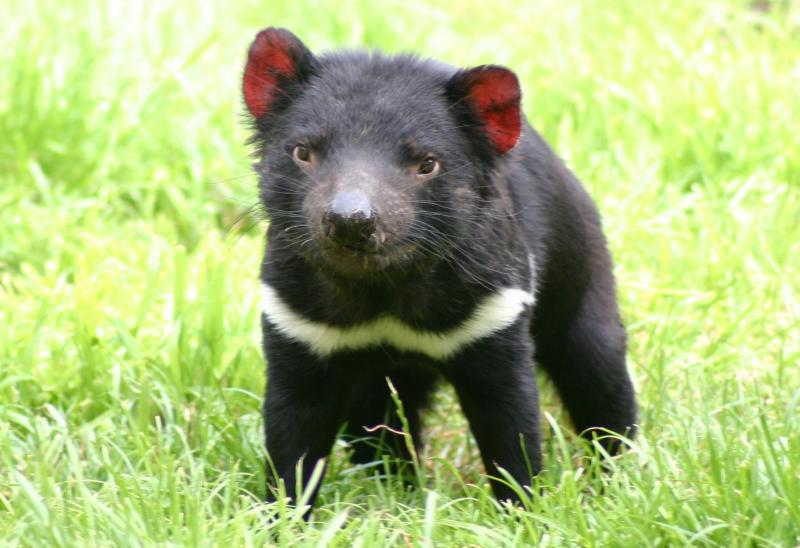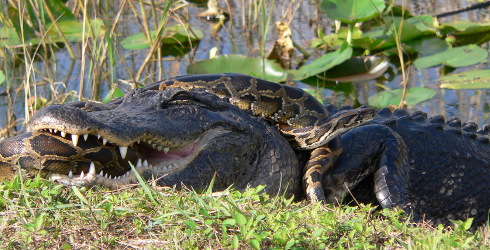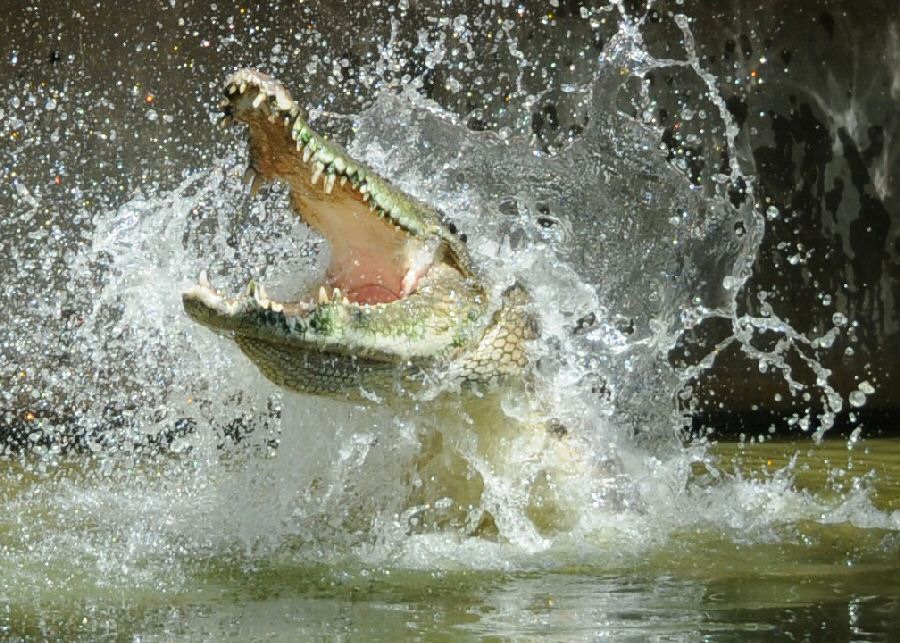Award-winning videos feature WVU’s true story on YouTube Six WVU University Relations-produced videos honored with prestigious Telly Award. Yes, substantive content does exist on YouTube. Beyond the guitar-shredding cats, personal pleas to Justin Bieber and brouhahas in fast food parking lots, the true stories of West Virginia University’s academic heart and soul can be seen, heard and experienced on the world’s most popular video-sharing website. This month, a New York-based awards institution has sifted through the cyber debris to celebrate six tales of academic achievement and graduate student life at WVU. The Telly Awards honor the finest film and video productions by top …
A Trunk of Love Wins Telly Award for WVU

